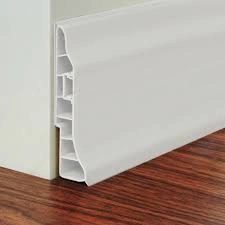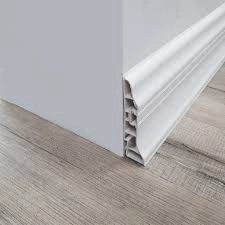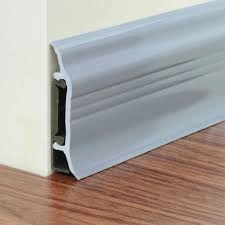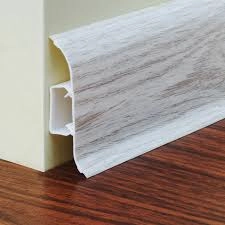Skirting
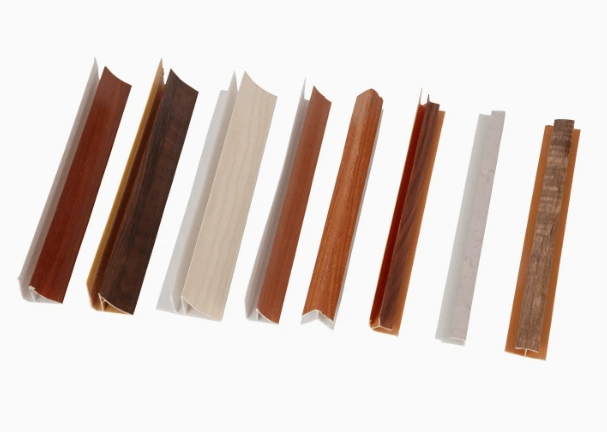
ZALA
Skirting
Skirting boards are decorative and functional PVC strips installed at the base of walls or along ceilings to provide a polished finish. They complement V-Groove PVC Ceiling panels and wall coverings, covering gaps and creating a seamless, professional appearance. These boards protect walls from impacts, moisture, and daily wear while enhancing interior aesthetics.
Made from durable, lightweight, and water-resistant PVC, they are easy to install and maintain. Ideal for residential, commercial, and hospitality projects, they ensure design consistency and practicality.
Importers sourcing these boards in bulk focus on consistent quality, competitive pricing, and secure packaging for international shipping. Global buyers often request multiple color options, matching finishes, and fast lead times to meet market demand efficiently.
Evaluating supplier capabilities, including production capacity, export experience, and compliance with international standards, is essential. Proper documentation such as invoices, packing lists, and quality certificates helps streamline customs clearance and reduce shipping risks.
Manufacturers offering customization allow buyers to select different heights, thicknesses, profiles, and finishes to match V-Groove PVC Ceiling or wall panels. Custom options ensure design consistency across various projects.
Additional options include fire-resistant coatings, waterproof treatments, and special edge designs. Reliable suppliers provide samples and digital mockups to meet unique requirements, ensuring perfectly tailored products.
A reputable manufacturer maintains strict quality control and export-grade standards. Overseas buyers rely on suppliers who can deliver products promptly while complying with international regulations.
Experienced suppliers also handle private labeling, export-ready packaging, and scalable production to meet large-volume orders, ensuring every shipment arrives on time and maintains high quality for global clients.
Importing these boards requires knowledge of customs codes, origin documents, and compliance certifications. Buyers should understand Incoterms, shipping methods, and minimum order quantities. Working with a supplier offering pre-shipment inspections and complete export documentation reduces potential risks.
Freight planning is crucial. Collaborate with forwarders experienced in handling building materials. Reliable suppliers optimize carton sizes, meet international testing standards such as VOC or REACH, and ensure smooth customs clearance, lowering total import costs.

